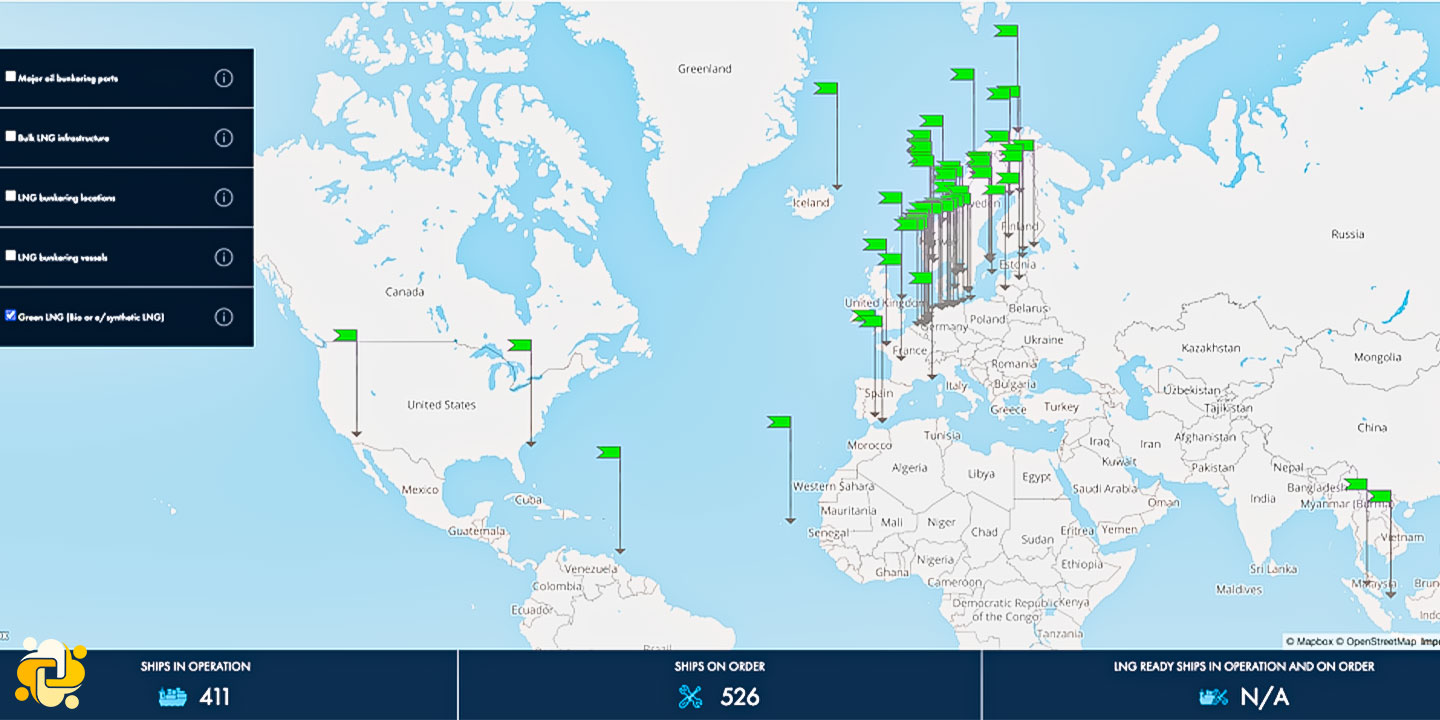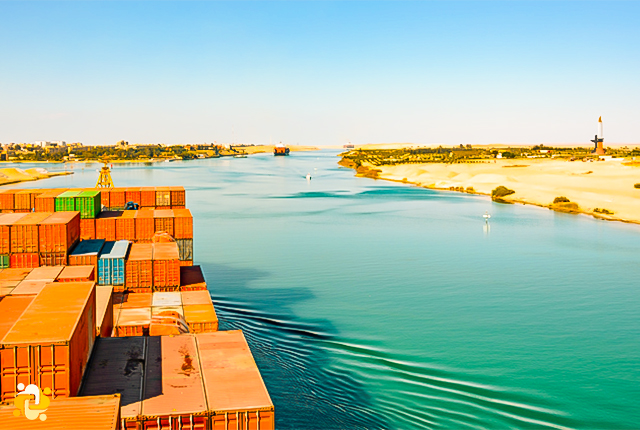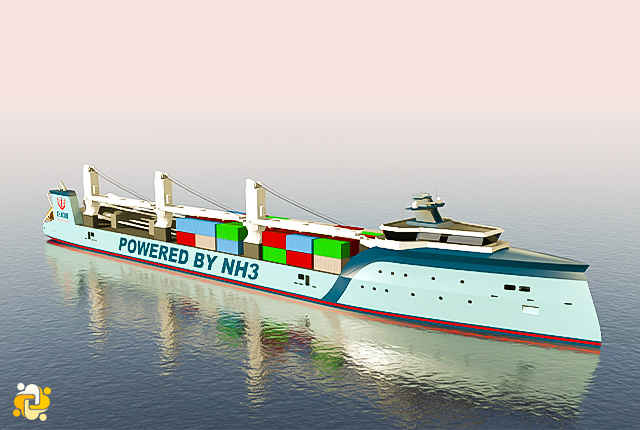
bio-LNG bunkering available in 70 locations potential to scale production exists
According to Rivieramm news website, data on the expanded availability of bio-LNG as a marine fuel is revealed in the coalition’s update to its online Bunker Navigator tool, which provides information on the availability of fuels in the LNG pathway worldwide.
Bio-LNG is produced from sustainable biomass feedstock such as human or agricultural waste – so it does not compete with the production of food, fiber or fodder (as defined by regulations such as the EU’s RED II and the Renewable Fuel Standards in America).
The fuel can also be transported, stored and bunkered in ports using existing LNG infrastructure, which provides a route to further expansion of its availability in future.
In October 2022, a team at Nanyang Technological University’s Maritime Energy and Sustainable Development Centre of Excellence (MESD) delved into practical questions about the fuel’s availability and cost. The study, sponsored by Sea-LNG, showed there is the potential for the global production of bio-methane to be scaled up to 20 times current production levels by 2050. Accounting for demand for other sectors, MESD forecast bio-LNG as a marine fuel could be available in sufficient quantities to fully decarbonize approximately 13% of the global shipping fleet in 2050.
According to Sea-LNG, the annual production of bio-methane, from which bio-LNG is produced, is currently around 30M tones or around 10% of shipping’s total annual energy demand.
Investment in production is growing, with 78 bio-LNG plants within the EU forecast to be operational in the next two years. This week, Italian LNG specialist Eco-spray revealed it is set to open eight new bio-LNG plants for Germany’s Ruhe Group.
Overall, production of bio-LNG is forecast to expand tenfold by 2030, with recent announcements from Titan and Wärtsilä (in addition to Eco-spray) showing how producers are responding to demand from shipping. The current global fleet of 355 LNG-fueled vessels, excluding LNG carriers, are all capable of using bio-LNG as a drop-in fuel without any modification.
Commenting on the update to Bunker Navigator, Sea-LNG general manager Adi Aggarwal said, “The fact bio-LNG is commercially available now and being used as a drop-in marine fuel by operators in Europe, North America and Asia, demonstrates the sustained contribution the LNG pathway can make to decarbonizing our industry, starting today. Climate change is a stock and flow problem, the longer our industry waits to start using low-carbon fuels, the tougher the decarburization challenge will be.”
Sea-LNG is offering more information on the bunkering availability of LNG and bio-LNG on its Bunker Navigator tool.
Reference:
- https://www.rivieramm.com




small.jpg)



